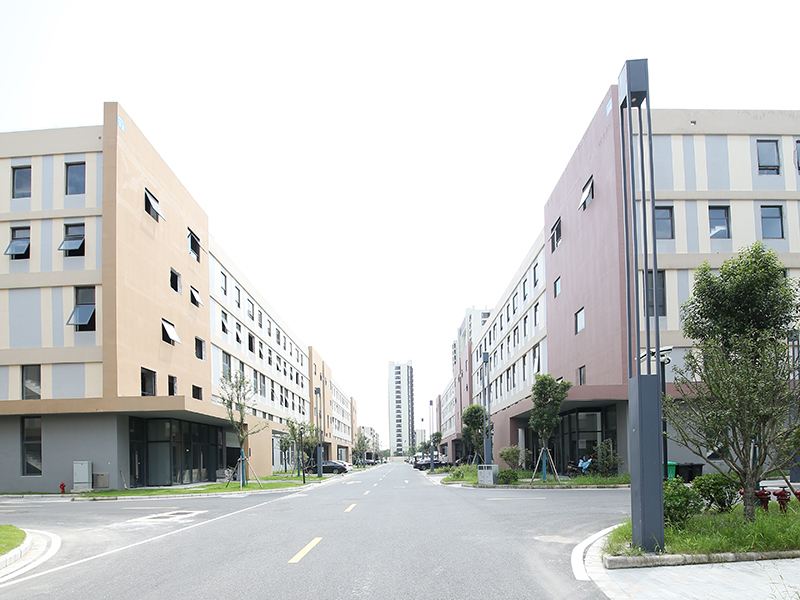Blowers, including brushless blowers, air blowers, and turbine blowers, are essential components in various applications, from industrial processes to household appliances. However, a common issue users face is the blower failing to start after a period of use. Understanding the reasons behind this problem is crucial for maintaining the efficiency and longevity of your equipment. This article delves into two primary causes of this issue: driver burnout and driver overheating protection.
Driver Burnout
One of the leading causes of a blower failing to start is driver burnout. The driver is the electronic component responsible for controlling the motor's speed and operation. Over time, the driver may suffer from electrical wear and tear, leading to its eventual burnout. Factors contributing to driver burnout include:
1. **Electrical Surges**: Sudden spikes in voltage can damage the electronic components within the driver, leading to its failure.
2. **Prolonged Usage**: Continuous operation without adequate rest can cause the driver to overheat and eventually burn out.
3. **Poor Ventilation**: Insufficient cooling can result in the driver overheating, especially in environments with high ambient temperatures.
Overheating Protection
Modern blowers come equipped with built-in safety features to protect against overheating. When the driver detects an excessive temperature rise, it automatically shuts down the blower to prevent damage. While this feature is beneficial, it can sometimes cause the blower to remain non-operational until the temperature returns to a safe level. Causes of overheating protection activation include:
1. **Blocked Airflow**: Obstructions in the blower's intake or exhaust can restrict airflow, causing the motor to work harder and overheat.
2. **Ambient Temperature**: High ambient temperatures can exacerbate the heating of the driver and motor, triggering the protection mechanism.
3. **Internal Friction**: Wear and tear on internal components can increase friction, leading to higher operating temperatures.
Troubleshooting and Solutions
To diagnose and address these issues, you can follow these steps:
1. **Visual Inspection**: Check for any visible signs of damage or wear on the driver and other electronic components.
2. **Check Airflow**: Ensure that the blower's intake and exhaust are free from obstructions.
3. **Cooling Measures**: If operating in a high-temperature environment, consider additional cooling solutions like fans or air conditioning.
4. **Consult Professionals**: For a precise diagnosis, record a short video (at least 15 seconds) of the driver’s LED indicators while attempting to start the blower. The LED patterns can provide valuable information for experts to identify the issue.
Conclusion
Understanding the reasons behind a blower's failure to start after some time can save you time and money on repairs and replacements. By recognizing the signs of driver burnout and overheating protection, you can take proactive measures to prevent these issues. Regular maintenance, adequate cooling, and timely troubleshooting are key to ensuring your brushless blower, air blower, or turbine blower operates efficiently and reliably.
If you encounter persistent issues, don't hesitate to seek professional assistance to avoid further damage to your equipment. Remember, a well-maintained blower is essential for optimal performance and longevity.





